All products featured are independently chosen by us. However, SoundGuys may receive a commission on orders placed through its retail links. See our ethics statement.
The best studio headphones of 2025: Enjoy your wired listening
October 24, 2025
There are lots of reasons to consider buying studio headphones. While the term studio headphones gets tossed around incorrectly a lot (looking at you, Beats), it generally refers to headphones that are intended for use in a recording studio, or professional audio environment. If you are recording music, you’ll want a good set of closed-back studio headphones that can monitor the recording without leaking into the microphone. There are also open back studio headphones, which are ideal for mixing music. Either way, you’ll want headphones that sound accurate, with a relatively neutral frequency response.
We’ve tested hundreds of headphones in our SoundGuys lab, and have narrowed down the top studio headphones worth considering. Ultimately, you should buy the studio headphones that are best suited to your audio needs and preferences, but these options are a good place to start. You can also check out our recommendations for the best open back headphones, the best budget studio headphones, and the best headphones for music.
- October 24, 2025: Updated article formatting, and added the Audio-Technica ATH-R30X.
The Quick Answer
For a quick guide to the best studio headphones that suit your needs and budget, check out our top picks below. Each has a link to our full review.
The best overall:
The best budget studio headphones:
The best closed back studio headphones:
The best sound quality:
The In-depth Answer
Below you’ll find our in-depth coverage of each of the best studio headphones. Each model has been rigorously tested, ensuring you can trust our recommendations.
Best overall studio headphones: Sennheiser HD 490 PRO

The Sennheiser HD 490 PRO stands out as an exceptional choice for audio professionals and bedroom music producers alike, offering versatility, durability, and excellent sound quality, especially for those in pursuit of open-back headphones. Designed with music production in mind, these headphones feature swappable ear pads, allowing users to tailor sound and comfort according to their preferences. Despite the challenge of swapping the ear pads due to their non-magnetic attachment mechanism, I find both the velour and fabric options offer substantial comfort for extended listening sessions. The HD 490 PRO also includes a unique offering, the free dearVR MIX-SE plugin, enhancing the mixing experience by simulating various listening environments within digital audio workstations.
Weighing just 260g, the HD 490 PRO’s design prioritizes comfort for long studio sessions, and I have no trouble wearing these for hours on end. Our testing shows that the velour ear pads result in a frequency response with more bass, whereas the fabric ear pads are ideal for picking out details in upper frequencies. No matter which ear pads you use, the Sennheiser HD 490 PRO sound great, with excellent clarity on vocals and instruments.
Read our full Sennheiser HD 490 PRO review
Best budget studio headphones: Audio-Technica ATH-R30x
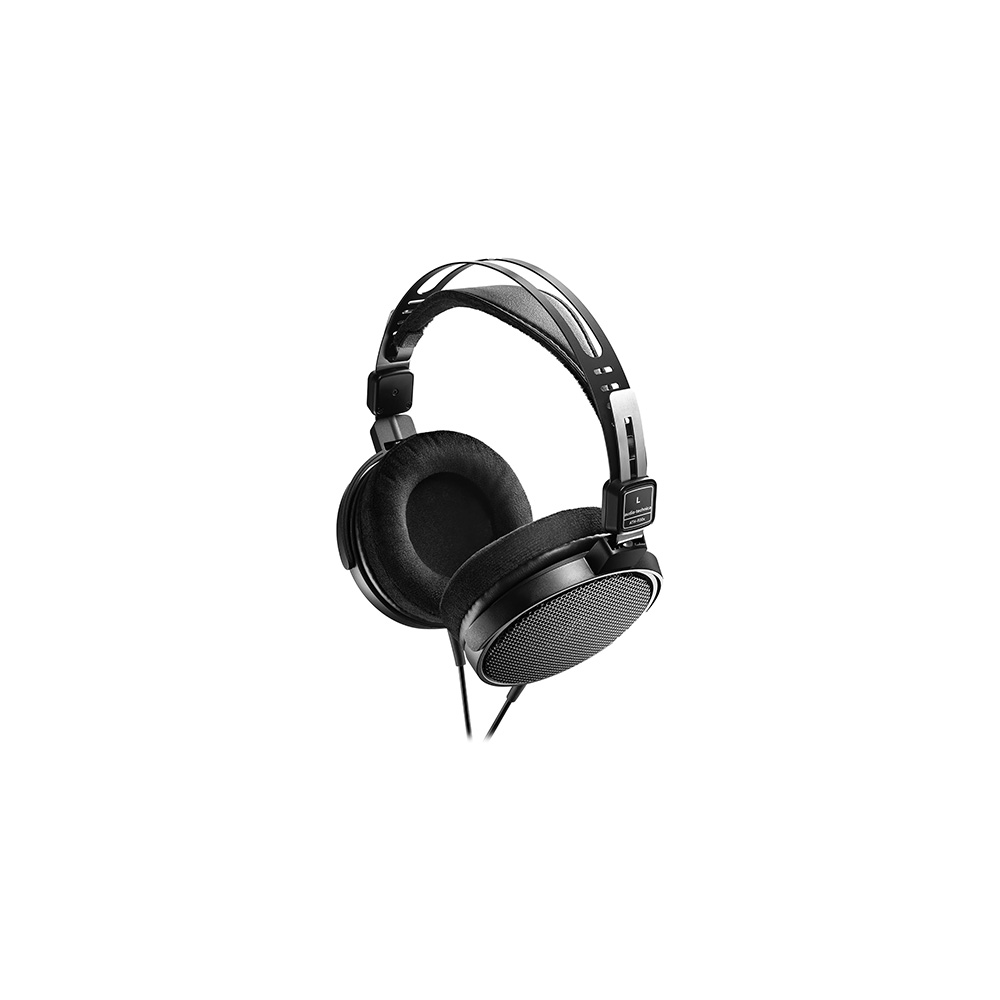
The Audio Technica ATH-R30x are a great option for those looking for budget studio headphones. The R30x are open-back headphones, so they are ideal for bedroom music producers or those who edit and mix audio in quiet environments. At this price, if you are buying the R30X, these are probably your first open-back studio headphones. If you are used to consumer headphones, which tend to have a V-shaped frequency response with amplified bass and treble, the R30x offer a similar sound for a smoother transition to studio sound quality. Even though the sound is not what most experienced professionals look for, a lot of people will prefer this sound, as it is more in line with what they are used to from their consumer gear. So as a first set of studio cans, the R30x are a great option.
That said, there are some tradeoffs with the sound quality here, as is to be expected with headphones that are this affordable. That consumer sound profile means that these are by no means a reference-grade headphone. While these headphones are totally fine for video creators, gamers, and new music producers, they are not great for serious audio mixing and mastering work. For that, you should invest in something a bit higher grade. You could consider the more expensive R50X and R70X from the same Audio-Technica R-series. For more money, those headphones provide a flatter frequency response that is preferred for professional audio work.
Loading chart ...
Best sound quality: Sennheiser HD 800 S

If you’re in the market for audio nirvana and have the budget to match, look no further than the Sennheiser HD 800 S. These headphones are an audiophile’s dream, meant for those who desire an “endgame” experience without future upgrades. Don’t let their understated appearance fool you. Forgoing gold leaf and leather, they focus on what matters most: exceptional sound quality and unparalleled comfort. The unique, hemisphere-shaped ear cups maximize space around your ears, allowing for an impressively natural sound reproduction. Paired with a lightweight build and velour ear pads, comfort is guaranteed, even during marathon listening sessions.
But the real magic lies in their performance. Offering a soundscape that provides an uncanny illusion of spatial depth, the HD 800 S is a cut above the rest. Thanks to deep ear cups and angled drivers, they excel in recreating the intricacies of various genres—from the crispness of orchestral pieces to the adrenaline of action movies. The bass is a tad subdued, which might not be to everyone’s taste, but this is by design. Besides, the bass and other sound elements are easily adjustable via equalization without any noticeable distortion, even at higher levels.
So, is this headset worth its hefty price tag? Absolutely, but with a caveat: it is for a very specific audience. If you’re looking to invest in a dedicated indoor listening station where cost is secondary to quality, these headphones will feel like a revelation. The Sennheiser HD 800 S delivers a top-tier performance with only minor footnotes, making it a shoo-in as a top pick for studio headphones.
Read our full Sennheiser HD 800 S review
The best closed back studio headphones: AKG K371

The AKG K371 is a great pick for recording artists, DJ’s, and any musicians who travel frequently. Despite the over-ear design, this package is slim and portable: the ear cups flip up and into the headband, similar to Audio-Technica’s design. What’s more, the K371 is good for DJs as you can rotate either ear cup backward and up to keep one ear on the crowd.
The frequency response was tailored using Harman’s consumer preference research curve, which helps create content that translates well to other systems. AKG supplies you with three cables, two straight and one coiled, so no matter your environment, you’ll have something that works for you.
Despite the plastic build, the headphones are durable and withstood multiple trips at the bottom of a backpack during my full review. Don’t drop an unabridged encyclopedia onto this headset, but the build can withstand some roughhousing. What’s more, these headphones are great for listeners with glasses because the slow-retention memory foam wraps around the glasses’ arms.
Read our full AKG K371 review
The best studio headphones: Notable mentions
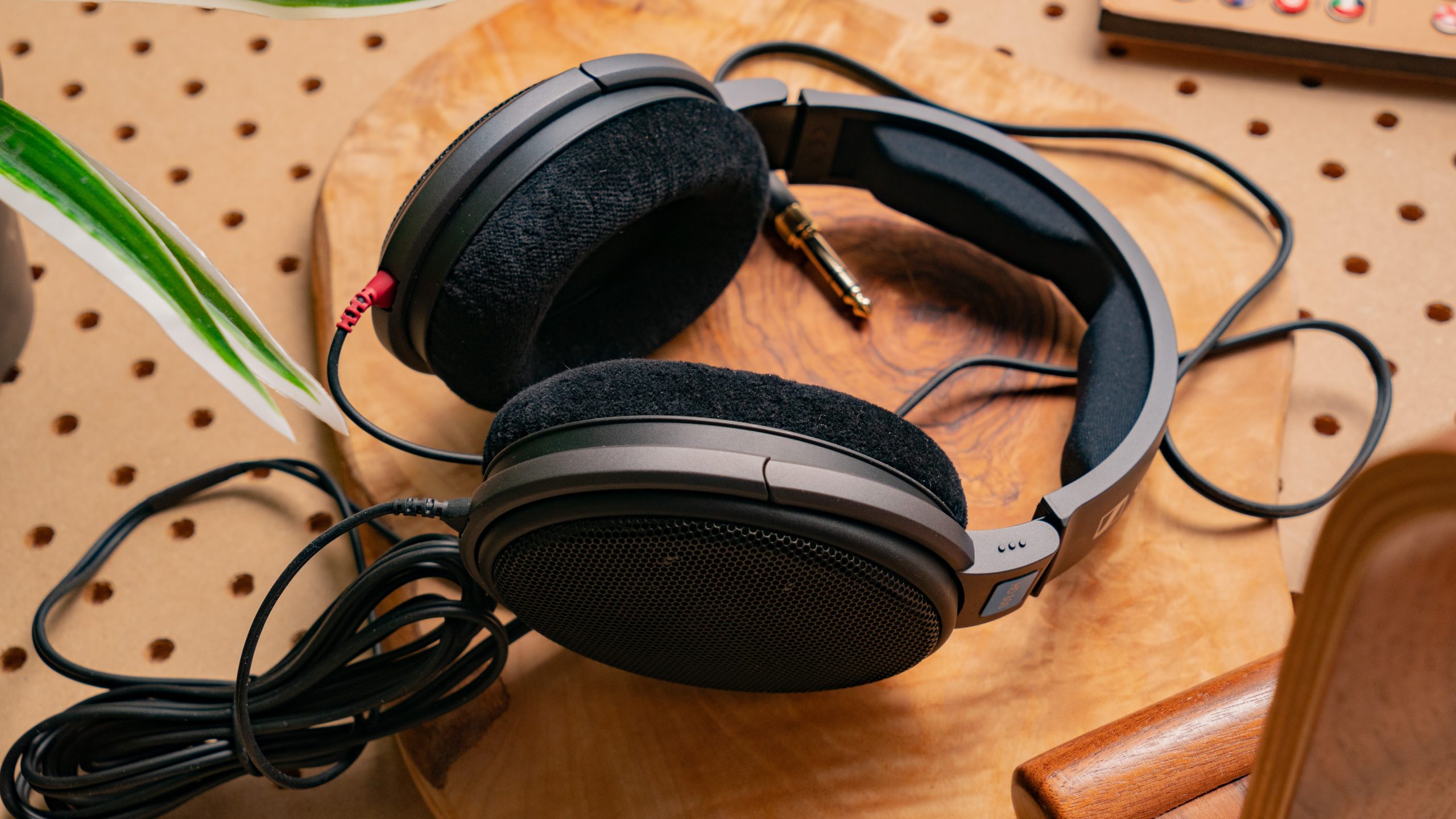
- AKG K240 Studio ($56 at Amazon): This pair of open-back headphones serves as a great alternative to the Sony MDR-7506 and features a more modern, stylish design with larger ear cups.
- AKG K702 ($135 at Amazon): This pair of open-back headphones has its place in a studio, but remember that it won’t have much bass. While it’s very comfortable, the size can be a bit unwieldy, and you can get a better-value headset.
- Audio-Technica ATH-M20x ($49 at Amazon): If you really can’t push your budget, this is one of the best options for studio-style headphones under $50.
- Audio-Technica ATH-M40X ($99 at Amazon): Although the ATH-M50x is often in the limelight, the M40X is no slouch and provides a less emphasized low-end.
- Audio-Technica ATH-M50X ($169 at Amazon): The ATH-M50X are among the most popular studio headphones in the world, thanks to their rugged build and versatile design.
- Audeze MM-100 ($399 at Amazon): The Audeze MM-100 provide excellent build quality and planar magnetic drivers that focus on the mid-range.
- Beyerdynamic DT 900 PRO X ($269 at Amazon): If comfort is your top priority, the Beyerdynamic DT 900 PRO X are a great option.
- Beyerdynamic DT 1990 PRO ($529 at Amazon): If you want absolute luxury and don’t mind paying for it, this set of open-back cans looks, sounds, and feels premium.
- Sony MDR-M1 ($249.99 at Amazon): The Sony MDR-M1 are great recording headphones, though they are a bit pricey.
- Sony MDR-MV1 ($347 at Amazon): The Sony MDR-MV1 is a capable set of headphones for content creation, but shouldn’t be the first set of cans you grab for casual listening.
- Sennheiser HD 280 Pro ($87 at Amazon): This monitoring pair is widely regarded as some of the best budget-minded studio headphones that take a tank to kill. For under $100, that’s not a bad return.
- Sennheiser x Drop HD 6XX ($199 at Drop): This is the closest you’ll get to a true HD 650 but for half the budget. These are outstanding headphones for the mixing station—not so much for the booth.
- Sennheiser HD 600 ($299 at Amazon): Older-model headphones stick around because they perform their function and perform it well. The Sennheiser HD 600 is one of the most venerated headphones in the audiophile space over the last few decades and for good reason.
- HiFiMan Sundara ($299 at Amazon): These entry-level planar magnetic headphones have not-so-entry-level performance.
Don’t need studio headphones? Get something else!
If you want good quality headphones and have money to spend but don’t want studio headphones, you should probably get something else. Though studio headphones offer very good sound quality, these headphones are most often more expensive to get and offer far fewer features than consumer headphones. It’s very probable that if you’re not an audiophile or music creator, you don’t want studio headphones.
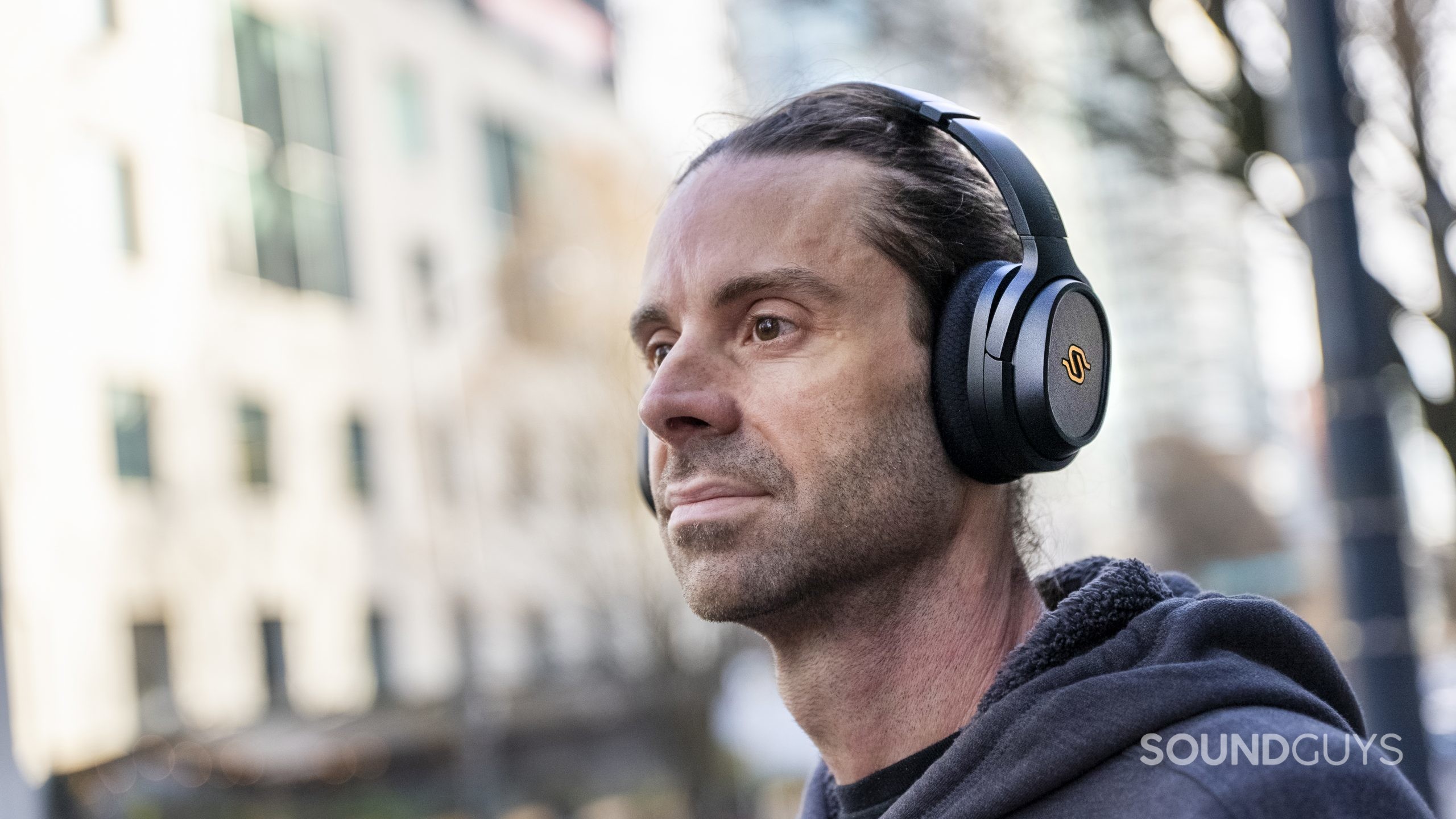
For example, studio headphones are pretty terrible for commuters: a situation where you’d want active noise canceling headphones instead for their superior noise isolation and bassier sound (that can more easily be heard over engine noise). Additionally, studio headphones aren’t generally meant for gaming consoles — making them a poor pick for that purpose.
Studio headphones shine by the computer and in the mixing booth. They’re most often tools designed for a specific purpose, but depending on the situation, they can also be utilized for your own enjoyment.
What you should know about studio headphones
Studio headphones aren’t for everyone, as many of us prefer a bit of bass amplification for daily listening. What many people consider to be good sound isn’t what everyone else considers to be good sound. But when you’re getting paid to do a job, accuracy takes priority over a consumer-friendly experience. While we could go on about all of the reasons why you should want some studio headphones, we’ll keep it simple with a few quick points.
How should studio headphones sound?
Loading chart ...
Any set of headphones has a designated frequency response, which indicates how a particular set of headphones reproduces all of the tones within our range of hearing (typically 20Hz-20kHz). If you’re recording or creating music, you will want a pair of headphones with a relatively neutral frequency response to allow for accurate, consistent mixing. This means that the drivers don’t emphasize or de-emphasize any particular area of the spectrum more or less than the others. Nothing is perfect, but the closer you can get to that ideal studio response, the more accurate your mix will sound.
Your ears aren’t perfect. Our actual range of hearing depends greatly on our age and how well we’ve been taking care of our ears throughout our lives. You can even up to your ears to the test here.
Do studio headphones need an amp or DAC?
While consumer headsets don’t typically require an external amp, studio headphones often will need them. Fortunately, plenty of easy-to-use USB interfaces are available to streamline your production process.
Should you get open or closed-back headphones?
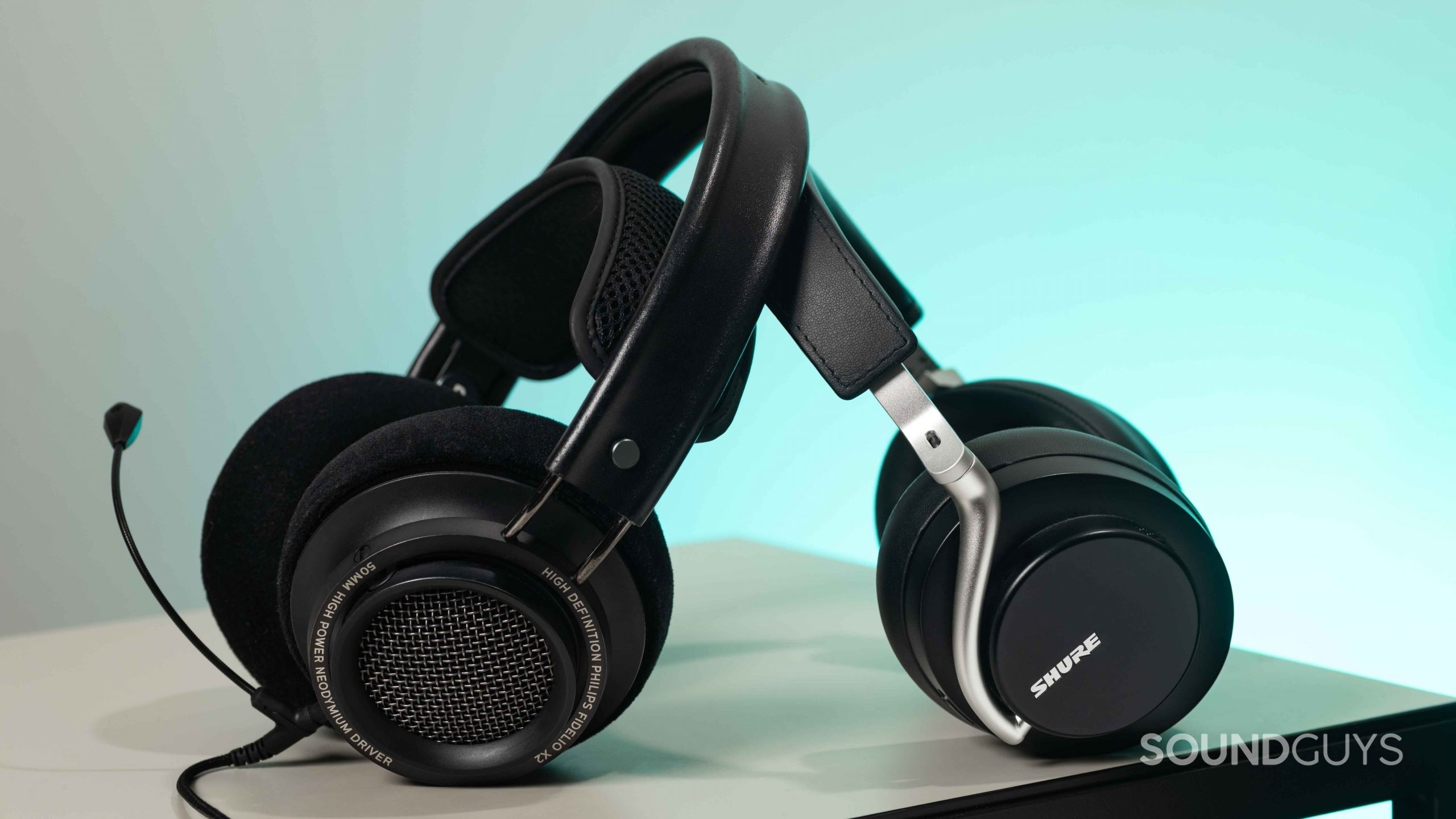
Open-back and closed-back headphones refer to whether the back of the headphone driver is open to the environment or enclosed. While closed-back headphones are better for isolating the listener from their surroundings, open-back cans are typically better for studio applications: they create a better representation of three-dimensional sound. Studio headphones are typically closed-back, so the musicians can use them while recording without risk of sound feeding back into the microphones. Still, open-back headphones can be used for monitoring and mixing purposes.
Consider reading Lil’s educational piece on why you might not want studio headphones and perhaps consider some of the best over-ear headphones instead.
Why you should trust SoundGuys
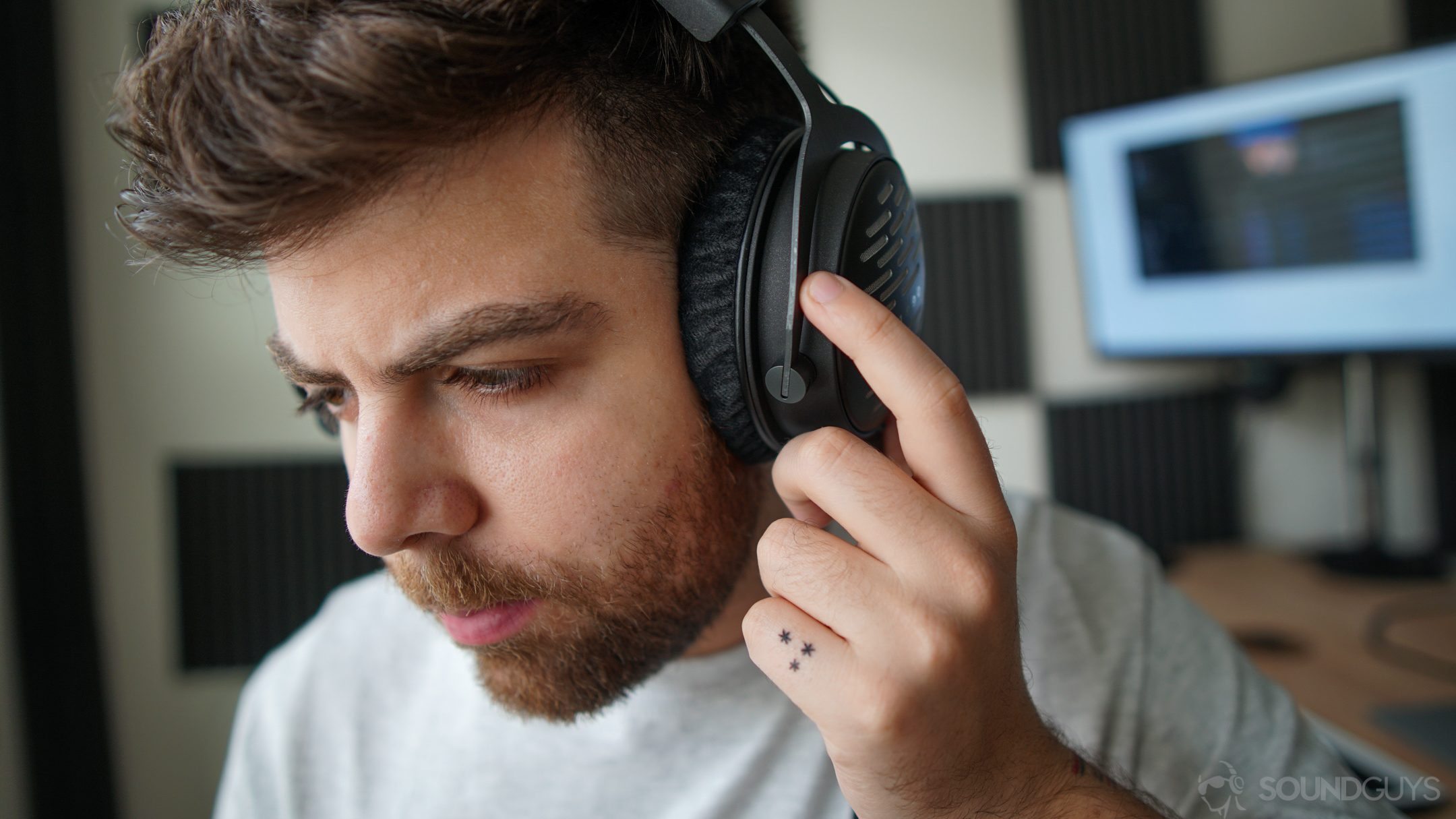
Working at SoundGuys allows each of us to have plenty of hands-on time with the latest and greatest audio products. While we do spend ample time testing out great products, we also receive some that need work. Regardless of how one pair of headphones stacks up against another, it gives us a different reference point for understanding what’s good and what’s not when it comes to consumer products.
Ultimately, we want to make the research process easier for you so you can spend more time enjoying your headphones.
Frequently asked questions
Ideally, you will have both studio headphones and studio monitors. Studio headphones are necessary for recording and tracking, but studio monitors are much better for mixing. They create a more accurate soundstage than headphones can, making it easier and faster to create good mixes.
More vendors than just Amazon have quick and cheap shipping now, and plenty of small businesses sell your favorite products too. Where you choose to buy your headphones could depend on a lot of things, including your shopping ethics, how much customer support you want, and the warranty of the company. Check out our guide to get a rundown of some options and their stats.
For studio recording, musicians typically use closed-back headphones to prevent sound from feeding back into the microphones. However, for other studio applications like monitoring and mixing, open-back headphones are preferred due to their ability to create a better representation of three-dimensional sound.
Producers lean towards trusted classics and modern marvels alike. The Sony MDR-7506 has been a staple since the mid-1980s, while newer entrants like the Beyerdynamic DT 900 PRO X and the Sennheiser HD 600 have also found their place in professional studios.
In the studio realm, closed-back headphones are standard for recording sessions, ensuring sound doesn’t escape and interfere with recordings. Yet, when the scene shifts to mixing and monitoring, the open-back variants are often the top pick, offering a detailed and open sound profile.
Studio-grade headphones come with a range of price tags. For those on a budget, options like the Sony MDR-7506 start at around $99.99. On the higher end, headphones like the Sennheiser HD 820 can reach up to $2,399.95. But there’s a diverse range in between, catering to various needs and budgets.
Absolutely. Studio headphones are built for precision and flat frequency response, enabling accurate audio reproduction. They are designed for professionals who require nuance and detail in sound. In contrast, regular headphones often have a “colored” sound that boosts certain frequencies like bass, making them less accurate.
Generally speaking, studio headphones are not the go-to choice for DJs. DJs usually prefer headphones with enhanced bass and louder volume to cut through ambient noise, features typically absent in studio headphones. However, studio headphones can be useful in a studio setting for creating and mixing tracks.
Studio musicians usually hear a customized mix that helps them keep time and pitch. This mix often includes a metronome click, other instruments, and sometimes even a guide vocal. The goal is to provide them with all the necessary audio cues for a pitch-perfect performance.
Thank you for being part of our community. Read our Comment Policy before posting.